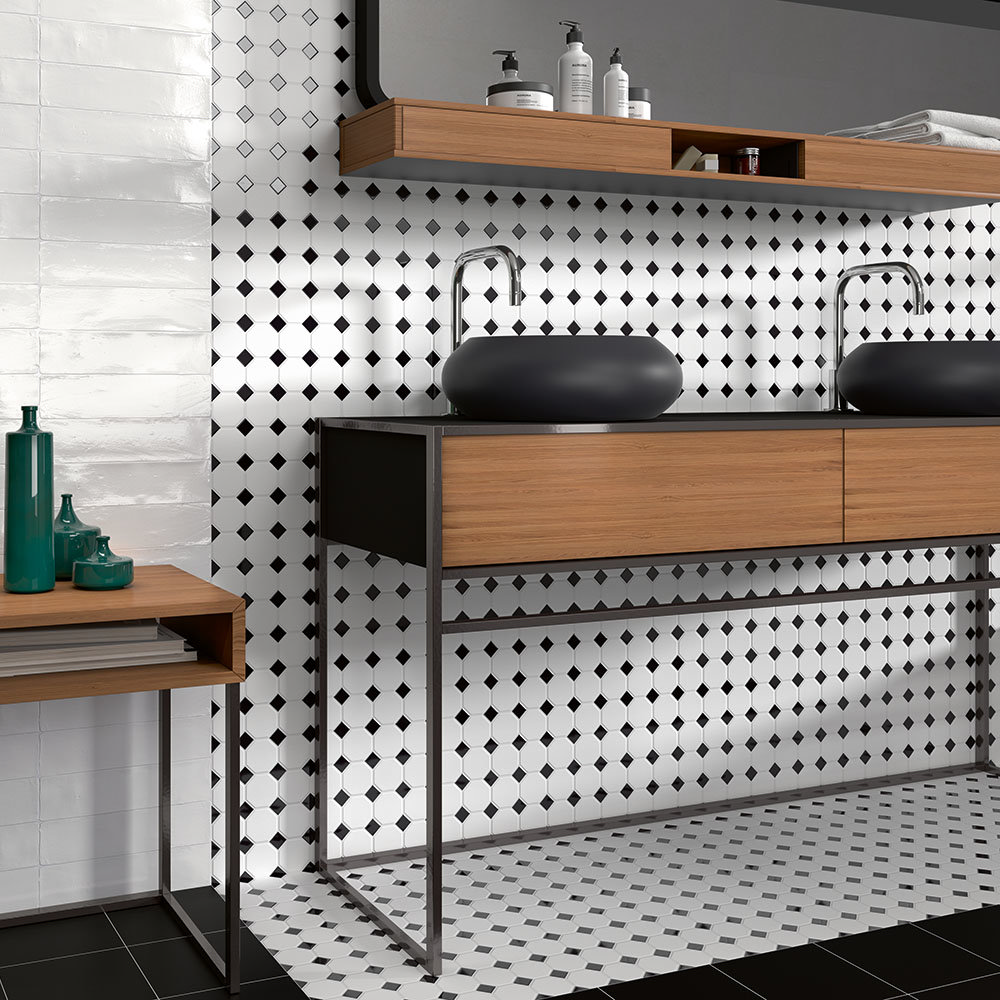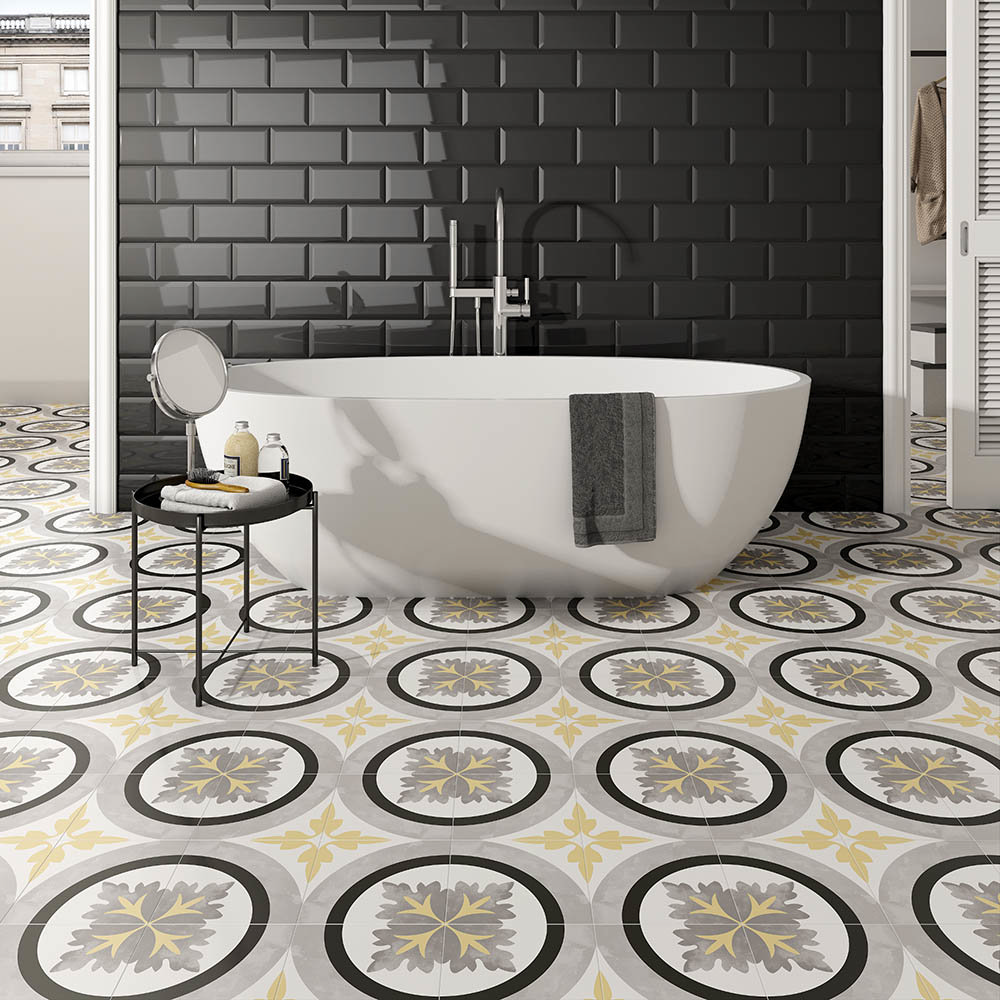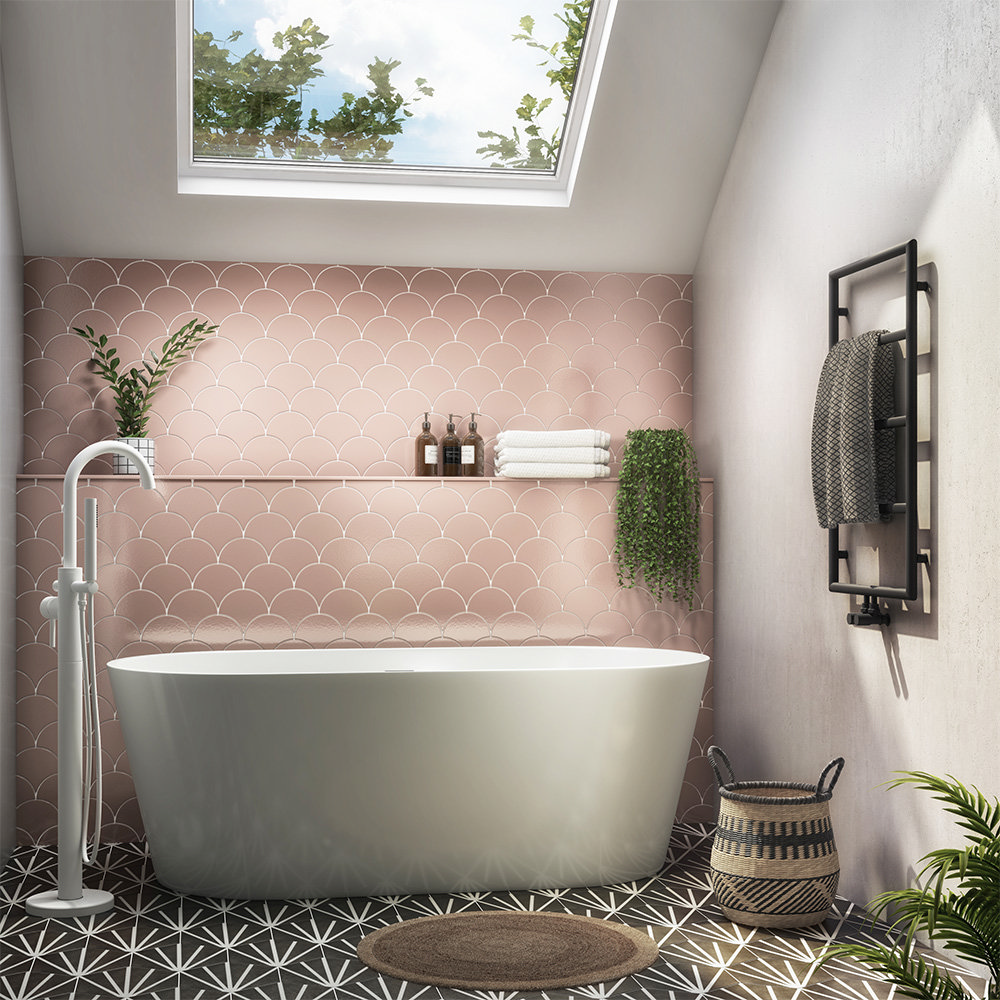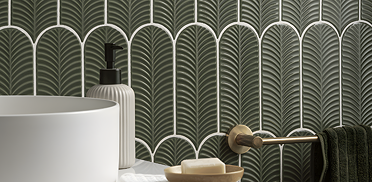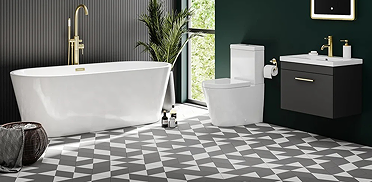OUR WINTER SALE ENDS SOON!
*Boxing Day deals coming soon. Free delivery on orders over £499
Bathroom Tiling Ideas
Bathroom Tiling Ideas
If you're looking to tile your new bathroom and don't know where to begin, we help gather your tiling ideas and get the ball rolling on your new look bathroom. We look at the benefits of different sizes and materials and help break down key ideas in bathroom tiling.

A tiled bathroom creates a distinguished style that can bring a certain aesthetic to any type of bathroom. Whether it is traditional or modern, a tiled room can suit all. However, if it is done incorrectly it can ruin the entire look and feel of the room.
So, getting it done right the first time is essential to achieve the look you have always wanted. This can be achieved by researching bathroom tiling ideas and creating a solid plan before you buy, and definitely before you tile. Gather your tiling ideas on a mood board, scrapbook or Pinterest account.
There are many different opinions on tiles too, so speak to your family about their tiling ideas when making a decision, so you can try to bring together everybody's tiling suggestions in the final look.
Location
First things first you need to decide where you would like to feature your bathroom tiles. Ceramic and Porcelain tiles are so well protected from water and moisture, so they are ideal for use all over the bathroom, from the floor and walls to the inside of shower enclosures. You could go all out and tile your whole bathroom or you could simply add a small focal point, such as above the basin.
Tiles can actually fulfil different purposes within the bathroom, for example, mosaic patterns bring it to life, whereas larger format tiles can create a tranquil atmosphere. This means that when stepping into the shower can give you a different feel, to brushing your teeth in front of the mirror.
Size
The size of your tiles is actually an essential part of creating a beautiful bathroom. They can give your bathroom a new style, evoke different senses and even simply just provide the perfect surface for use in the bathroom. You will have to assess what options are best for you and your bathroom as the size of the space available will affect your decision.
If your bathroom is on the smaller side, it is actually better to add tiles that are large format as there will be less grouting points meaning it will feel less cluttered as a whole and in turn, more spacious. There are also great benefits to adding smaller tiles in a bathroom and some that far outweigh simply choosing them for style.
Small tiles mean that there are many grouting points that make them perfect for the floor of a shower as they will add extra grip underfoot.
They are also ideal for bathrooms that have natural arches and curves as they can easily manipulate corners.
Colours, Patterns and Images
There is an abundance of different colours and patterns when it comes to bathroom tiles, but in the end it comes down to preference, for which one you choose. There are many wild and wonderful selections to choose from, some that will make a statement and others that will complete the look you were going for.
Contemporary manufacturing methods are even making it possible to print your very own images on to the tiles, creating a space that is unique and personal to you.
Materials
Ceramic is the most popular choice of tile as they are usually the cheapest option available and are fairly easy in terms of maintenance, making them a bathroom favourite. They can also come in many styles, shapes and colours meaning that you are not stuck for choice and can pretty much get any style you want.
Another option is to choose natural stone tiling, which includes marble, granite, slate etc. which can offer a stunning aesthetic in your bathroom but can be quite costly and often need more maintenance.
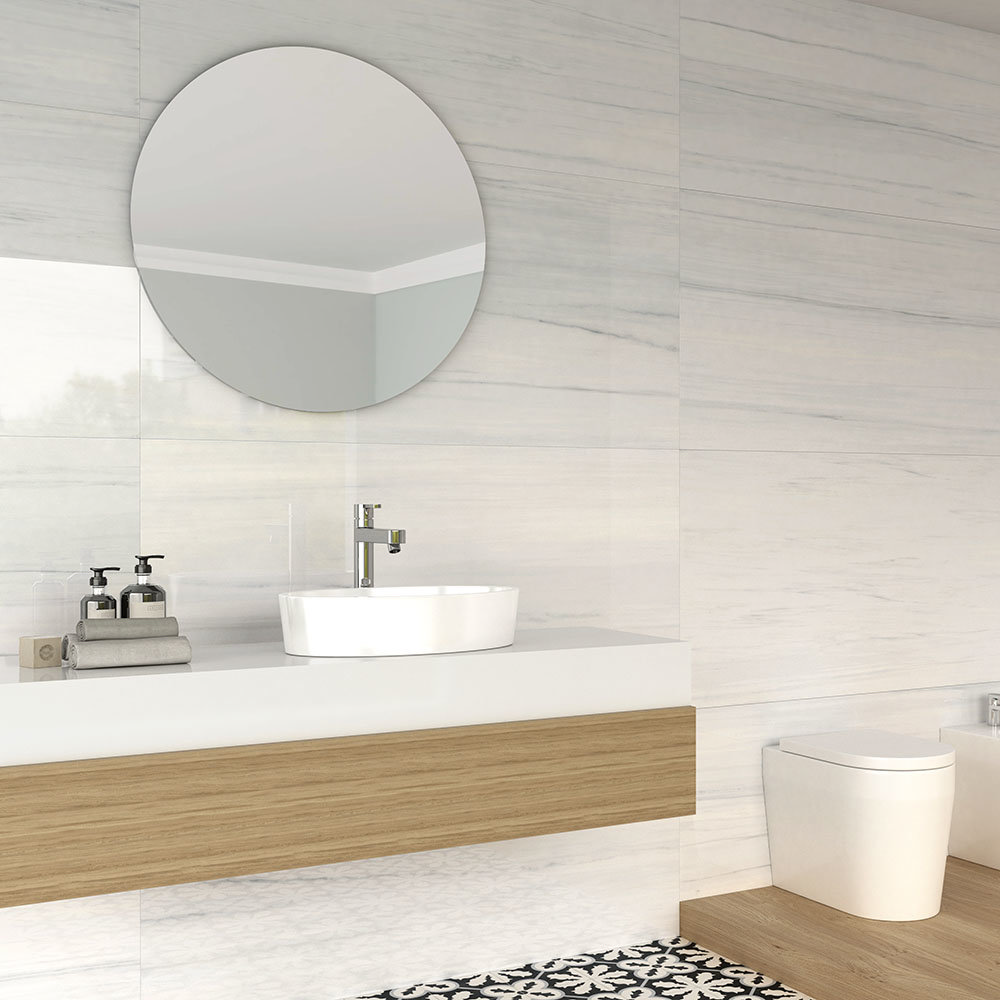
Important Note: A problem with tiles, however, is that over time they will require maintenance and this is most commonly associated with the grouting that has become mouldy or no longer forming a tight seal around the tiles. This can be due to the fact that tiles are cold to the touch, therefore, making them become moist much easier than other wall and floor materials. This moistness makes the grouting between the tiles susceptible to mould and will require changing if not maintained properly.

Greg
Greg is one of our most regular bathroom bloggers here at Victorian Plumbing. He's always looking for the latest bathroom trends and styles and will be posting them here regularly. He'll also be posting practical 'How To' step-by-step DIY advice and reporting on his latest bathroom ideas at Victorian Plumbing.
